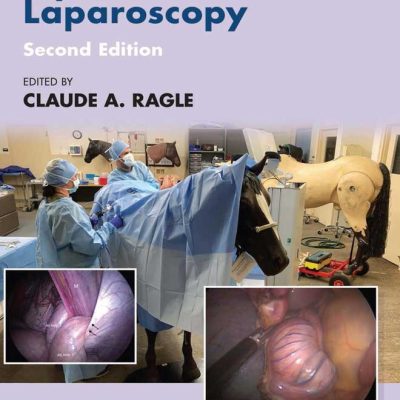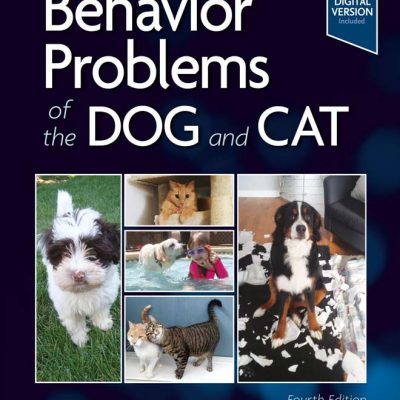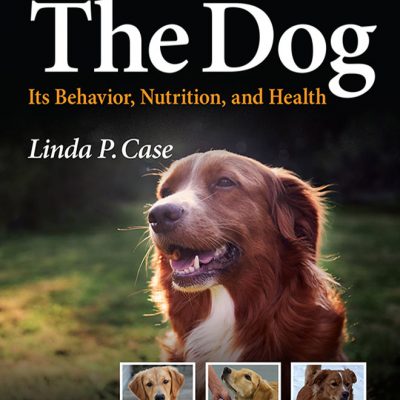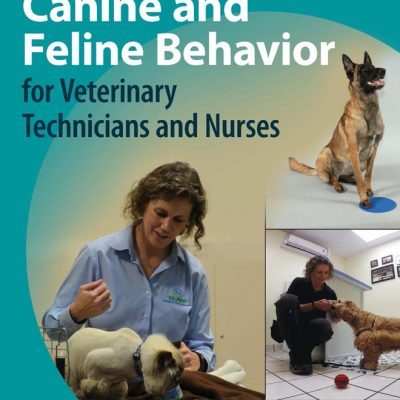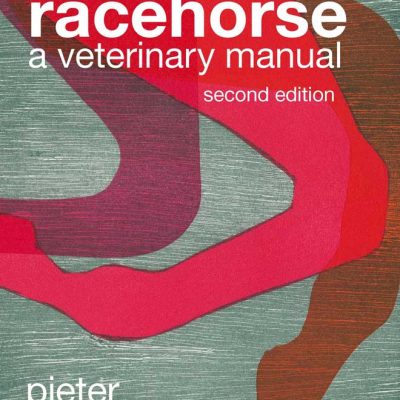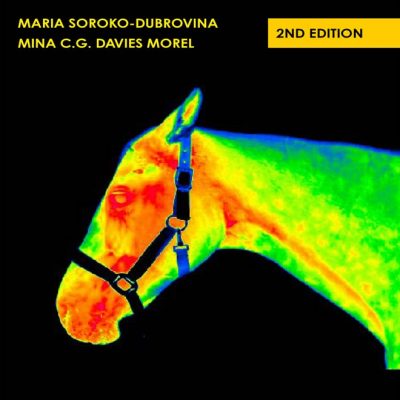
Horses: Breeding, Health Disorders and Effects on Performance and Behavior
by Adolfo Paz-silva, Maria Sol Arias Vazquez, Rita Sanchez-Andrade Fernandez
May 2014

There are several questions requiring attention for rearing horses. By providing appropriate care during early ages, important injuries such as lameness or musculoskeletal damage can be avoided, which becomes of capital importance especially among competition horses. In recent years, there has been an increasing body of evidence that the early rearing environment, in particular access to exercise, can have a positive effect on stimulating the musculoskeletal system and priming the tissue for the future demands it will face in the competition arena.
Due to different reasons, such as their participation in competitions or exhibition, sales or pleasure, horses are transported from one location to another. Transportation could be a physical and psychological stressor for horses, contributing to the development of some diseases, thus the effects of transportation on performance and welfare should be appropriately taken into account.
Veterinary clinicians are responsible for ensuring the horses maintain a good health condition. During their training to evaluate and face performance-limiting problems, they provide helpful knowledge and expertise in preventing injuries. By the collection and examination of samples of different origins, the body condition can be estimated. The study of the hemogram provides useful information in diagnostic processes or the formulation of a prognosis. The accurate interpretation of data collected after a blood analysis in horses can reflect the possible presence of anemia or polycythemia and their causes, while the study of white blood cells adds information about immunity, allergies, etc.
For ensuring an adequate environment and appropriate nutrition, horses can be maintained outdoors or indoors. It seems very clear that horse rearing conditions can influence their health status and the risk of exposure to different pathogens. Sometimes certain gastrointestinal parasites are capable of developing inside the horses to cause infection, which is routinely detected by copromicroscopic analyses. Other possibilities consist of collecting these parasites in a post mortem exam, but this can be rather difficult in horses on commercial farms. The application of immunoenzymatic assays represents a significant contribution for avoiding these troubles.
Horse rearing conditions have been changing in the last years, mainly due to the economic crisis which can complicate horse feeding. In this way, horses are maintained grazing for long periods, which can also enhance their exposure to unhealthy conditions. Emerging diseases are defined by the WHO as those which appeared in a population for the first time, or that may have existed previously but are rapidly increasing in incidence or geographic range. Certain emerging diseases affecting horses are very important because of the difficulty of detecting them and/or the absence of successful treatments.
This book offers a global approach on different items to be considered by horse owners, keepers and veterinarians for assuring correct breeding and maintaining an adequate health status. Helpful information has been added concerning care, evaluation of healthiness, risk of exposure to different pathogens, as well as an update on emerging and neglected diseases.
PDF 2.2 MB Password: vetbooks.ir Help Download
